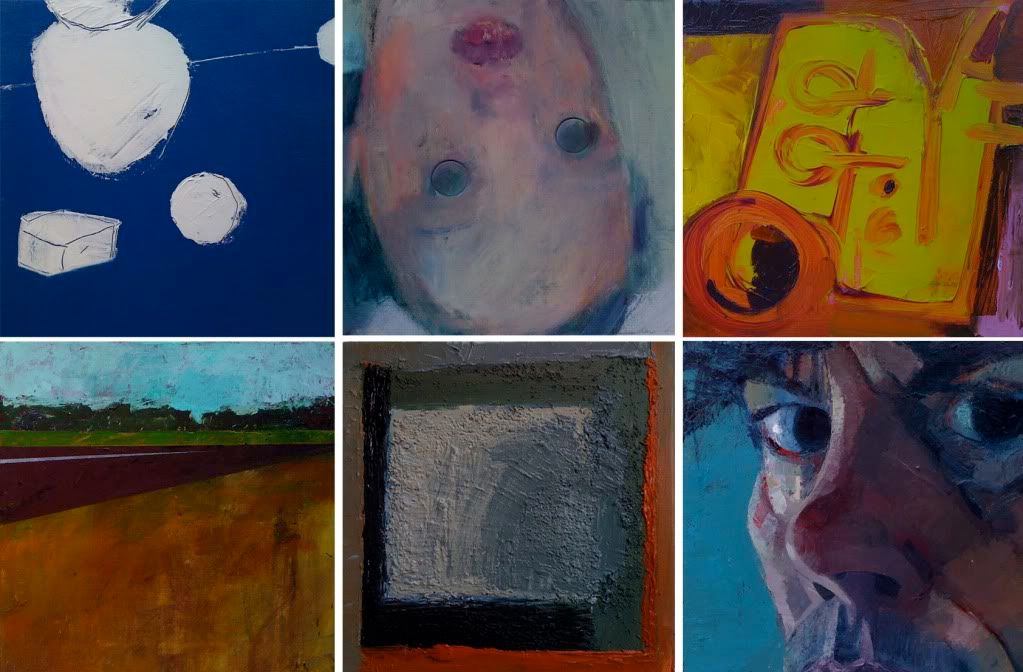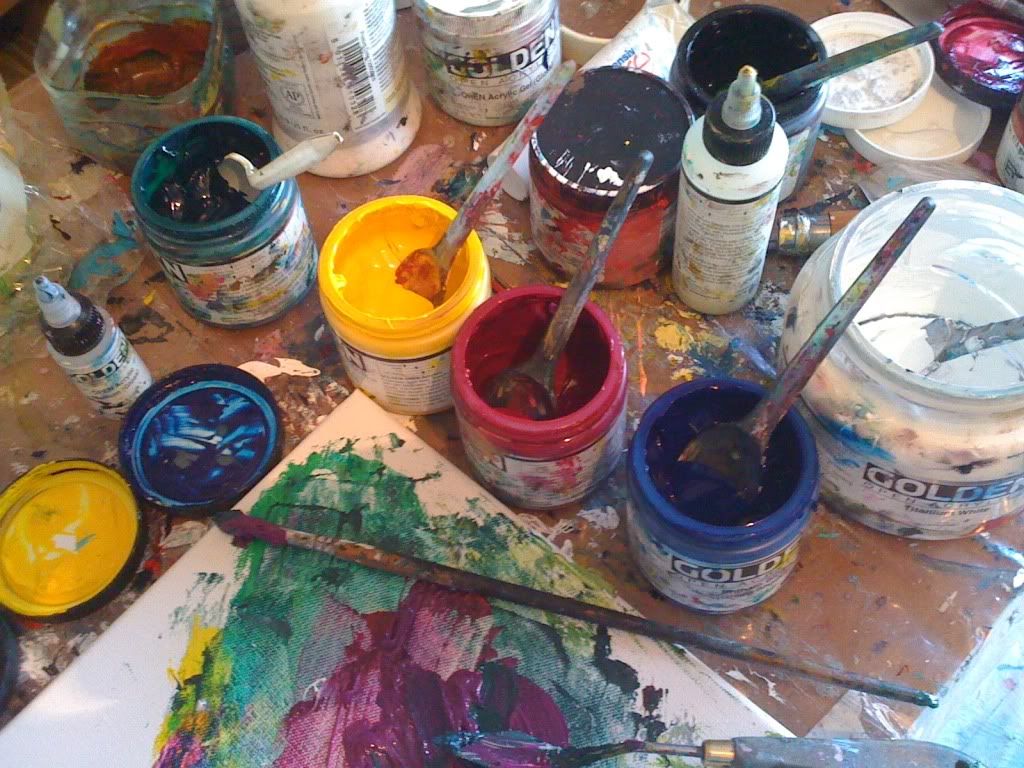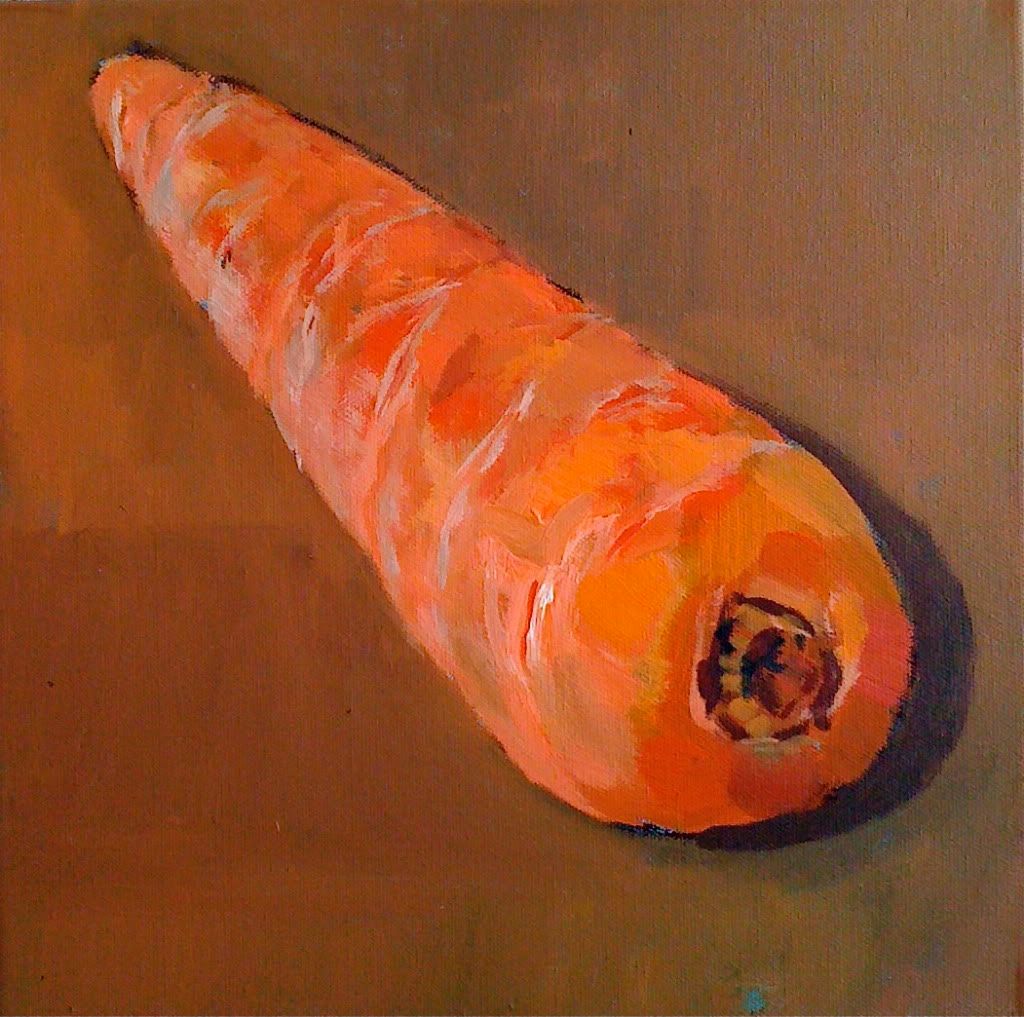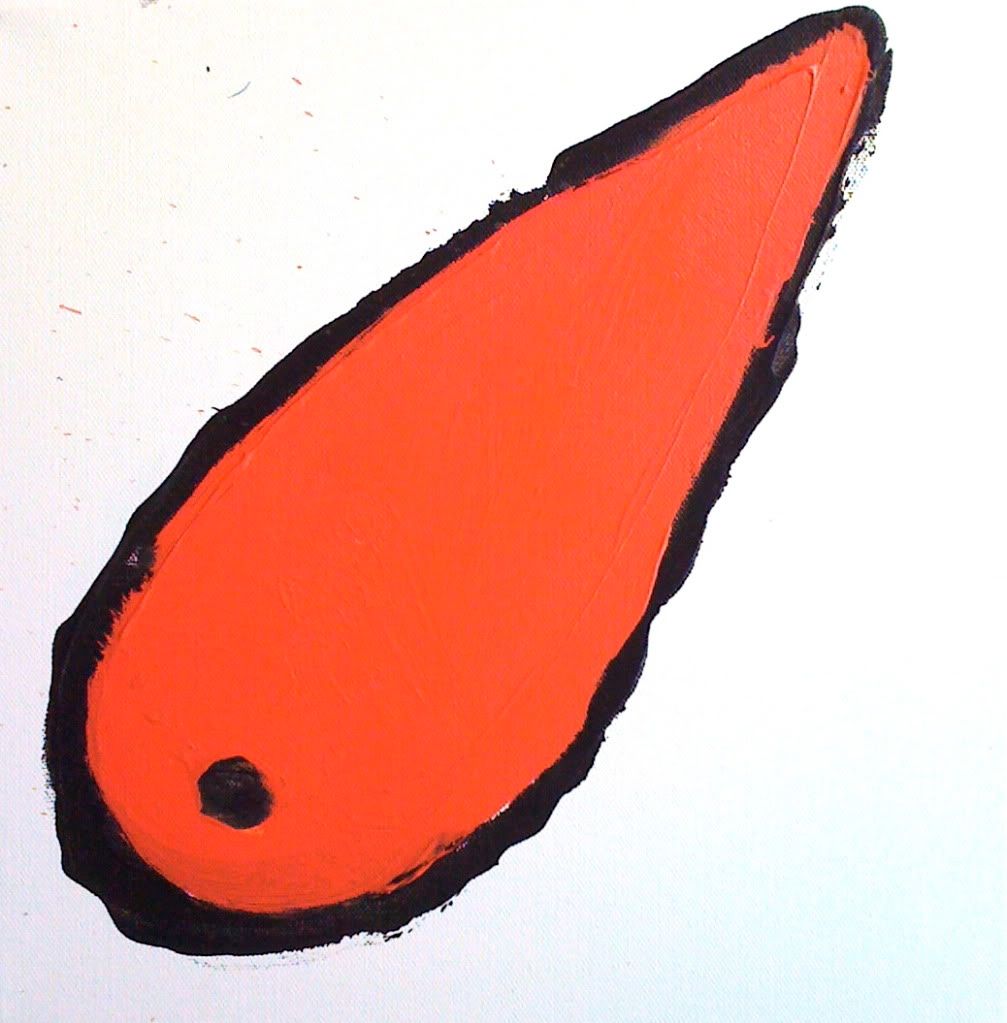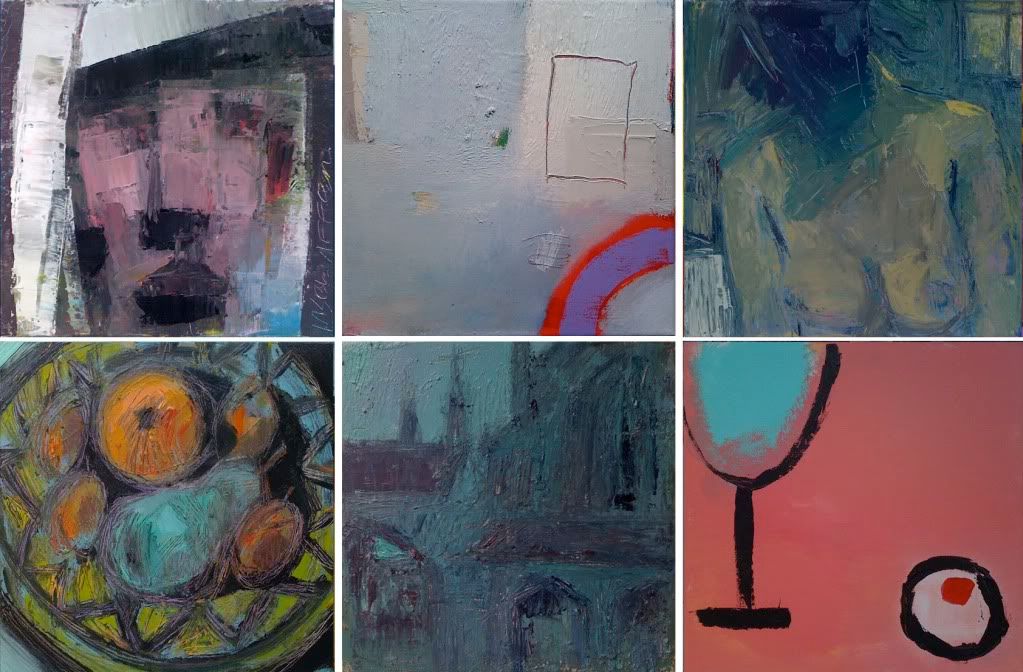From the Oxford English Dictionary, to draw also means to pull, to extract, to take in and to disembowel.
When I uploaded these drawings to a Facebook album, they provoked a flurry of responses, from downright indignation to outright enthusiasm. Perhaps they could spark so much in people's minds because they were of so little; a few random scribbles that hinted at forms and suggested narratives but ultimately refused to reveal their hidden message. There was no message, of course and those who require some kind of polemic from their art felt cheated, while others who are happy with mysteries and unanswerable questions, felt liberated.
The drawings were made by five students who attended my Grammar Of Drawing course at Dillington House (see the previous post). Standing in a circle at their easels, I asked them to draw me in long, flowing lines that filled the paper as I moved about the studio. After a few marks were made, they were required to pause, then move in an anti-clockwise direction to the next easel, where they picked up the drawing tool that had been left by the previous student and continue drawing.
My intention was to acquaint my students with the physicality of drawing. It is not like writing a cheque; something to be done with the fingers and wrists, alone, but with the whole body. If a singer can produce their voice from below the diaphragm, why can not an artist draw with his or her entire being? A singer may make us fully aware of the quality of their voice, without having to frame a single word. Is it necessary, then, for the artist to draw a pot, or a person or a pomegranate before we take any notice of the kind of mark they are making?
The first drawing tells you something about how well I can draw pots, but seems to stop right there. This is drawing, simply as a means of transferring data from one medium to another. The second drawing hints at something more elusive. We study the line in its quest to give form; we see ebb and flow and the traces of movement, at times hesitant, at others, sure. It may not tell you much about pots but it is quite eloquent about what it means to confront the void, to hold onto that charcoal and draw.













